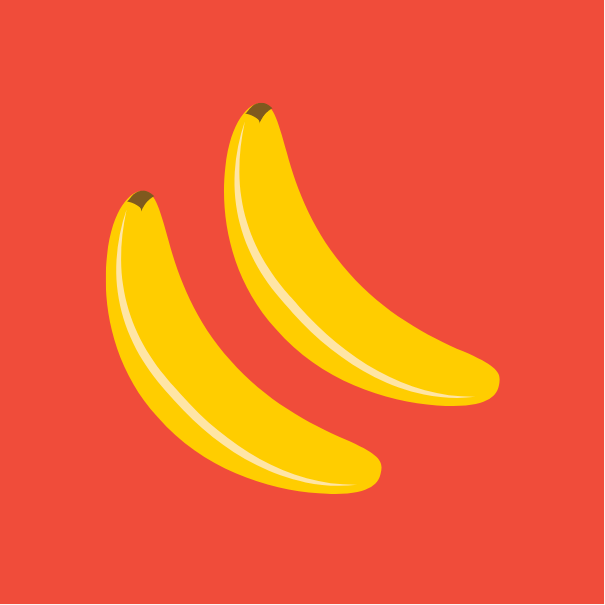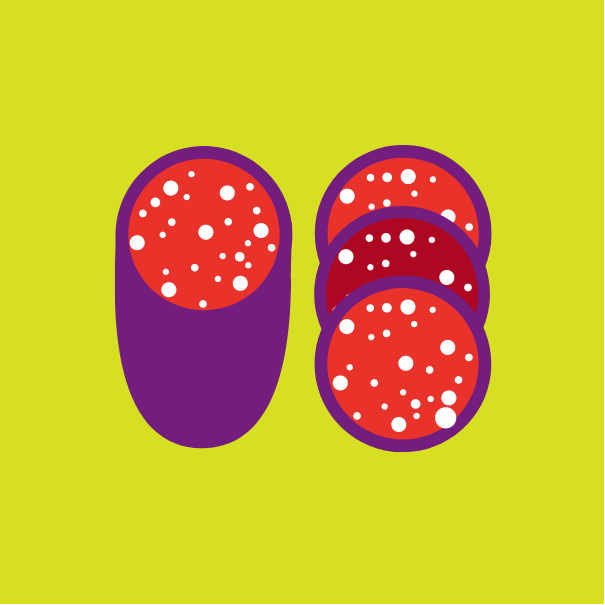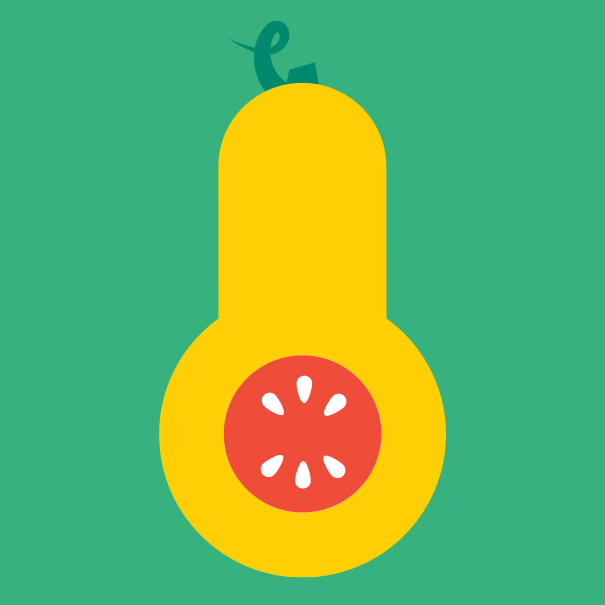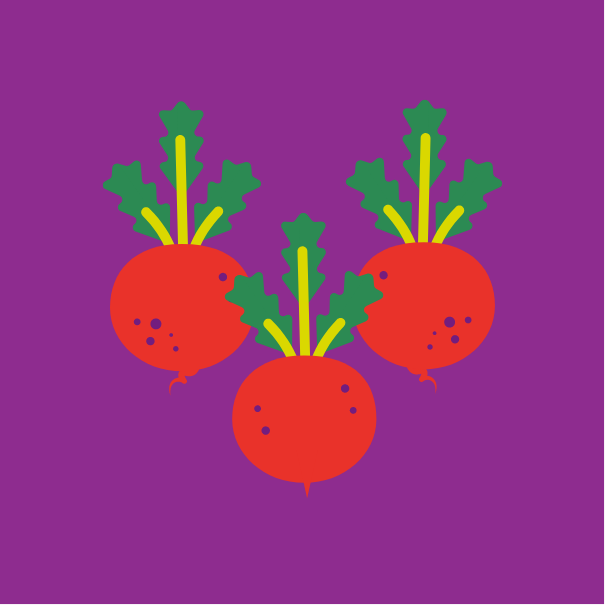by Andy Johnston, Produce Category Manager
July is a great time to start thinking about how to use all of the incredible local fruits and vegetables coming from your garden, or from the local farms via your CSA share, farmer’s markets, and your Willy Street Co-op! Preserving fresh local fruits and vegetables ensures you’re getting the highest quality, most nutritious and delicious produce available. And, it’s a great way to save some money—not only are you saving by reducing what you’re spending at the grocery store, you can also give your goods to friends and family as gifts throughout the year!
If you subscribe to our weekly Word on the Beet Produce News email, it’s probably obvious that I love to garden, cook, and eat local food. Growing up, my parents always had a garden. Homegrown canned and frozen vegetables, bread and butter pickles, and freezer jams were staples in our house. At the time, I really didn’t recognize their uniqueness, and therefore, didn’t really appreciate them. Going to a friend’s house and having peanut butter and jelly with store bought grape jelly or having spaghetti dinner with sauce from the store was a treat: no chunks in the sauce, no seeds in the jelly! Why didn’t we get these things at my house?
How ignorant I was! I think it was 1994, and I’d been out of my parents house for a few years. I was visiting them for the weekend, and, before returning home, they packed up a box with homemade dill pickles, salsa, strawberry freezer jam, tomato sauce, and frozen sweet corn. That was it: I was hooked. I still remember sitting around the kitchen table at our apartment with my now wife and a friend, and opening up a jar of that salsa: we were shocked! Everything they had sent home with me was amazing, and nothing like what I could buy at the grocery store, even at the Co-op. My passion for preserving was ignited, and 30 years later, the burner is still set on high! Over time, I’ve shared and traded many homemade preserved items with friends and family, and it’s not a specific “recipe” that makes these things great (though it’s helpful!), it’s the fresh, local, and homegrown fruits and veggies.
Freezer Jams
Freezer jams are simple and delicious. If you’re unfamiliar with the canning process, freezer jams are a great starting point for beginners looking to give preserving a try. Similar to “cooked” or “canned” jams and jellies, the ingredient list is pretty short: fruit, pectin, and a sweetener, usually sugar or honey, and maybe a little lemon juice. However, unlike the “cooked” option, I find the freezer jams to have a much brighter and fresher flavor than their cooked counterparts, and they are my go-to when making homemade jams. The downside would be that they require freezer space, so if you’re short on freezer space, start small. A typical “batch” of freezer jam typically requires 6-8 cups of fruit (roughly two 1lb or quart containers of strawberries or cherries, or four pint containers of blueberries), and will yield roughly 6 pints of jam. Once you’ve got the fruit cleaned and jars washed, the process takes about 10-15 minutes. With an extra set of hands, you can do 30-40 pints in an hour!
The local strawberry season is short, typically 2-3 weeks, depending on the weather. Maybe you haven’t made freezer jam, but if you’ve had local strawberries, you know there’s
no comparison. If we’re lucky, we’ll have local strawberries from New Traditions Homestead in Soldiers Grove through the first week of July. Organic blueberries from New Traditions should be available early July through mid-August, with peak season being at the end of July. Barnard Family Farm (in Sturgeon Bay) local sweet cherries are typically available the second week of July through mid-August, with their peaches arriving in early August and lasting through early September. You can find Jim and Susan Barnard along with sweet
and tart cherries at the Dane County Farmers’ Market. f you’re looking for a great local U-Pick strawberry farm, Carandale Fruit Farm is just a short drive down to the end of Fish Hatchery Rd. You can buy pre-picked strawberries by the quart or flat, but plan on getting there early, as they sell out of this option quickly!
Quick Pickling
Quick pickling may not be a solution for long-term preservation, but it’s simple, helps extend the shelf life by a few weeks, and in general provides some incredible opportunities to use the summer bounty in ways you may not have considered.
I’m fairly new to quick pickling. I started maybe 4-5 years ago with a simple quick-pickled cucumber salad recipe to help use up some pickling cucumbers from our garden. Early on, we didn’t have enough cucumbers for a big batch of dill pickles, so I sliced up enough to fill a quart jar along with some onions and dill, and found a basic quick pickle brine recipe. After that first jar, I started using a 4 ½ quart bowl, which we’d finish in less than a week!
You can quick pickle pretty much any fresh vegetable! Carrots, cucumbers, fennel, green beans, onions, sweet and hot peppers, beets, celery, cauliflower and cabbage are some of my favorites, and I’ll often combine them to eat as a salad on their own or with salad greens, or diced to be used as a condiment, similar to a relish or giardiniera.
The process is so simple: prepare and cool the brine, prep your veggies, put veggies into an airtight container, pour cooled brine over veggies, and refrigerate. There’s no pressure cooking or water bathing involved!
There are several variations of the “basic” quick pickling brine, but all are fairly similar: vinegar, water, sugar, and salt. The difference is the ratio of each, and I’d recommend playing around with several recipes: you may find one you really like, or you may find you like different ratios for different products. In general, it’s equal parts vinegar and water, with sugar and salt. The recipe I initially used called for a 1:1:1 ratio of vinegar, water, and sugar, with a little salt. I found it too sweet; cutting the sugar in half worked best for me. I haven’t changed my strategy since, except that depending on what I’m making, I might use honey or brown sugar, or add mustard seed and/or peppercorns to the mix. Fresh herbs are always welcome in the pool as well!
What I like most about quick pickle products is that they maintain their texture. I like that the cucumbers, carrots, and beans keep their “crunch.” You can make delicious quick pickled products using local, fresh produce that are cool, crisp, and refreshing: perfect for a summer grill out! Quick pickled products don’t last forever! Keep them in your refrigerator, and use them within 30 days!
Dehydrating
Dehydrating is another great way to preserve your produce! You can do it in your oven, but I recommend investing in a food dehydrator. They’re fairly inexpensive, and the newer models have digital controls for temperature and time. I’ve used my oven a couple of times to dehydrate fresh herbs, and the results just weren’t as good as what comes out of the food dehydrator.
There are so many possibilities when it comes to dehydrating. You can dehydrate just about anything! If we have a good morel mushroom harvest, we’ll dry some. Often, we’ll find a maitake cluster that weighs 20 pounds or more. I love to dry these and use them for ramen broth all winter long. We’ll do a bunch of herbs: basil, thyme, chives, and oregano are my favorites.
July is also garlic harvesting time, and I always end up with more than I can use. Often, by February, I’d have 20 pounds of garlic in a box in the basement that’s starting to sprout. Now, before it starts to sprout, we’ll peel 10-15 pounds and slice it about an and eighth of an inch thick, then load up the dehydrator. We typically try to have three quart jars full of these garlic chips. I have a coffee grinder dedicated specifically for dehydrated foods, which we then use to make garlic powder. It’s so good and, just like the freezer jam, it makes a great gift! This year, we put about 3-4 pounds of the freshly sliced garlic in the smoker for a few hours before transferring it to the dehydrator. It turned out surprisingly well, and is a great way to add a little smokey flavor to meats and vegetables.
Get to It!
As I mentioned earlier, it’s really the quality of the fruits and vegetables that gives these products their unique flavor. All of these methods are fairly simple, and really don’t require
a bunch of special equipment (except for the dehydrator). You can try a quick pickle recipe one week, and do a variation on it in a couple of days. If you don’t like it, no big deal, try another recipe. Like I said, a single batch of freezer jam is maybe six pints worth of product: it’s not a huge commitment!
I hope you give these methods of preservation a try! The end results are unique, excellent quality products with absolutely amazing flavor that you really can’t find anywhere else. Give it a try, and enjoy!









